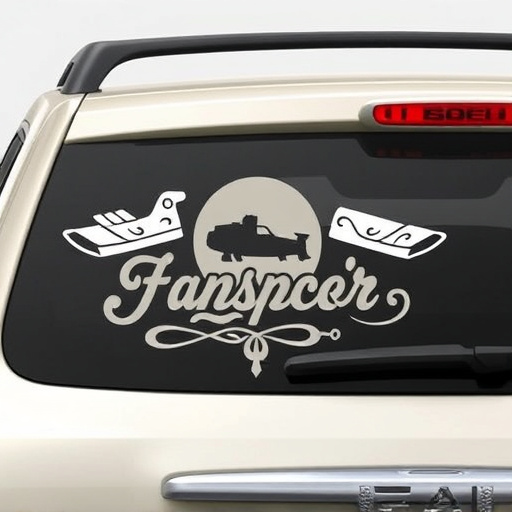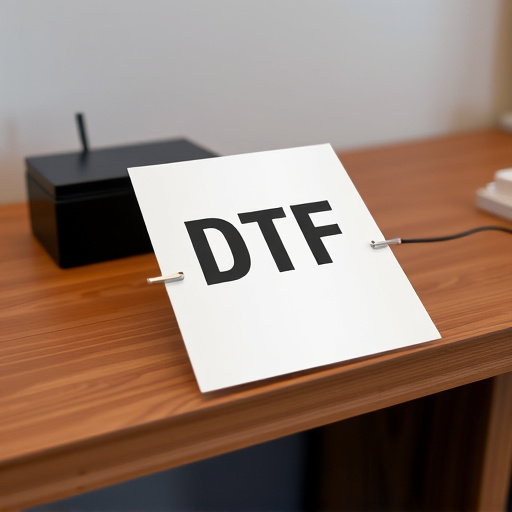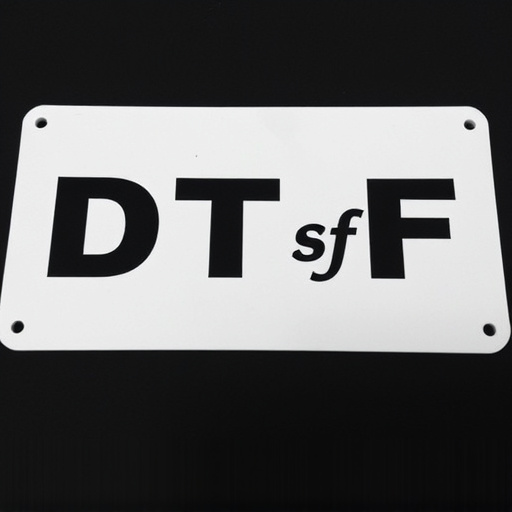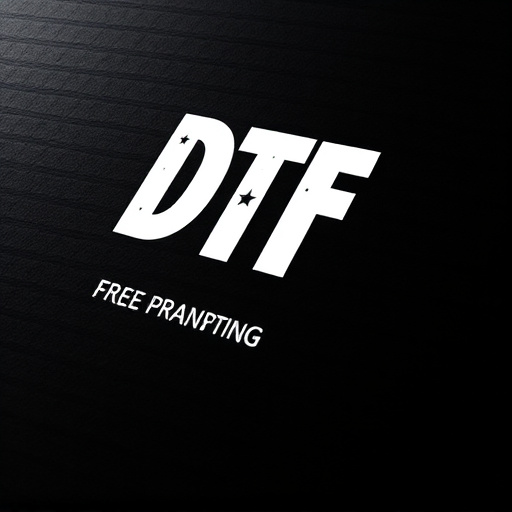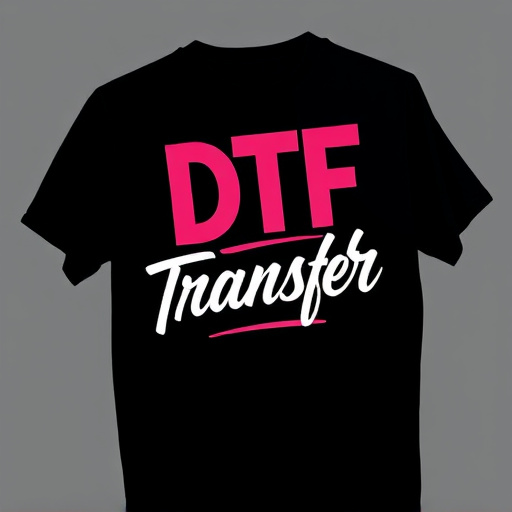Direct-to-Film (DTF) transfer revolutionizes photo preservation by directly exposing film from digital images, offering a unique aesthetic appeal. This process requires careful selection of high-quality film and specialized equipment, along with precise software adjustments for color accuracy and grain structure. While challenging, DTF allows artists to create limited-edition prints with a nostalgic, artistic touch. The future of DTF promises improved resolution, AI automation, and innovative film stocks, catering to the growing demand for high-quality, tangible photography.
“Unleash the timeless allure of film photography with the revolutionary Direct-to-Film (DTF) transfer process. This cutting-edge technique allows digital images to be transformed into physical film, offering photographers a unique way to preserve and showcase their art. From its historical roots to modern advancements, this article explores the benefits, equipment, and steps involved in DTF conversion. Discover how this process enhances creativity, overcomes technical challenges, and paves the way for future innovations in direct-to-film technology.”
- Understanding Direct-to-Film (DTF) Transfer: A Historical Perspective
- The Benefits of DTF Transfer for Photographers
- Choosing the Right Equipment and Materials for DTF Conversion
- Step-by-Step Guide to Converting Digital Photos to DTF Format
- Common Challenges and Solutions in DTF Film Transfer
- Future Trends and Innovations in Direct-to-Film Technology
Understanding Direct-to-Film (DTF) Transfer: A Historical Perspective

The Direct-to-Film (DTF) transfer process is a groundbreaking technique that has revolutionized the way we capture and preserve visual art. Historically, photography involved an indirect process where images were first recorded on film and then digitally scanned for editing and printing. However, DTF transfer offers a direct path, enabling photographers to convert photographic images onto film without any intermediary steps. This method recreates the look of traditional film photography, valued for its unique aesthetic and tonal qualities.
The origins of DTF can be traced back to the early days of cinematography, where filmmakers experimented with direct exposure techniques. Over time, this concept evolved, and with advancements in technology, it found its place in modern photography. Today, DTF transfer is a sought-after process for those who appreciate the artistry and authenticity of film, offering a fresh perspective on digital imaging while providing a tangible, lasting result.
The Benefits of DTF Transfer for Photographers
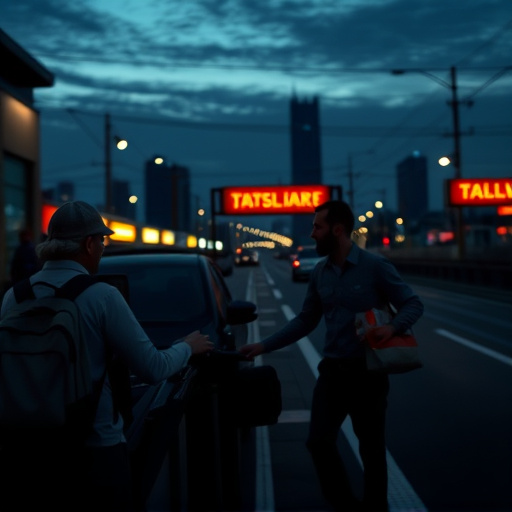
Direct-to-film (DTF) transfer offers photographers a unique and advantageous way to preserve their digital images with a touch of analog charm. This process involves converting digital photos into a format that mimics traditional film, resulting in visually stunning prints. One of the key benefits is the ability to achieve a wide range of visual effects that are often hard to replicate digitally. Photographers can experiment with grain structures, color saturation, and contrast levels, adding depth and character to their work.
Additionally, DTF transfer provides an authentic experience for photographers who appreciate the aesthetic and tactile qualities of film. It offers a sense of nostalgia and a connection to the roots of photography. With this method, photographers can produce limited-edition prints with distinct, individual characteristics, making each piece unique and collectable. This process allows artists to stand out in a digital age, appealing to those who seek a more tangible and artistic approach to their visual storytelling.
Choosing the Right Equipment and Materials for DTF Conversion
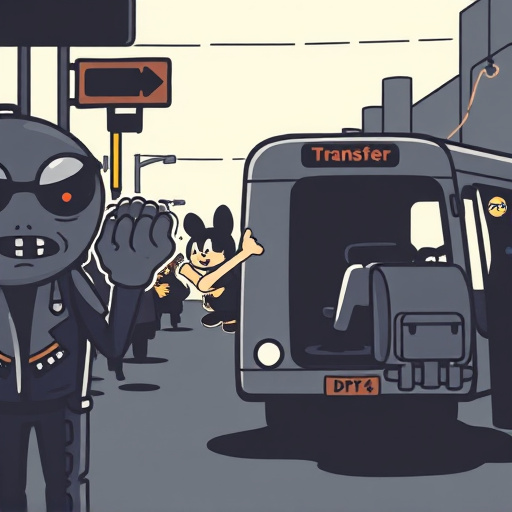
Converting photographic images to a direct-to-film (DTF) transfer format requires careful consideration of equipment and materials. The first step involves selecting a high-quality film suitable for DTF, ensuring it’s compatible with your chosen process and offers the desired resolution and color accuracy. Professional-grade black-and-white or color films are popular choices due to their exceptional details and vibrant colors.
Additionally, you’ll need specialized equipment like a flatbed scanner capable of high-resolution scanning, a precision cutting tool for film, and a clean room environment to prevent contamination. Chemical solutions specific to DTF processing must also be acquired, including developers, fixers, and stop baths. Proper preparation and adherence to safety guidelines are crucial when handling these chemicals.
Step-by-Step Guide to Converting Digital Photos to DTF Format

Converting digital photos to Direct-to-Film (DTF) transfer format is an accessible way to achieve a unique, nostalgic look. Here’s a step-by-step guide to help you get started:
1. Choose Your Images: Select the digital photos you wish to convert. Ensure they are high-resolution files for optimal results. The DTF process enhances details, so starting with clear, crisp images is beneficial.
2. Select DTF Software: There are various software tools available for DTF conversion. Some options offer user-friendly interfaces, while others cater to professionals seeking advanced editing features. Popular choices include Adobe Photoshop and specialized DTF software designed specifically for this task.
3. Import Images: Open your chosen software and import the digital photos. Arrange them in the desired sequence if you plan to transfer multiple images to film.
4. Adjust Settings: Software often provides customizable settings for the DTF process. Play with contrast, saturation, and grain to achieve your preferred aesthetic. This step is where you can truly personalize the look of your final print.
5. Preview and Fine-Tune: Use the software’s preview function to see how each image will translate onto film. Make adjustments as needed until you’re satisfied with the results.
6. Export for Printing: Once happy with the conversions, export the images in a format suitable for printing. Ensure your printer or lab supports DTF printing.
7. Print and Enjoy: Finally, print your converted images on film, allowing you to capture their unique charm and beauty in a format that pays homage to traditional photography.
Common Challenges and Solutions in DTF Film Transfer

Converting photographic images to a direct-to-film (DTF) transfer format can be an intricate process, presenting several challenges for photographers and filmmakers alike. One of the primary hurdles is achieving accurate color representation, as digital files often contain metadata and color profiles that need to be meticulously adjusted during the conversion process. This ensures that the final film print mirrors the original image’s hues and tones precisely.
Additionally, resolution and grain structure are critical considerations. Lower-resolution images may result in a less detailed final product, while higher resolutions can lead to larger file sizes, making the transfer process more complex. Solutions include upscaling lower-res images or downsampling higher-res ones while preserving key details. Grain, a desirable characteristic in film, can be enhanced through specialized filters and techniques during the DTF transfer, adding depth and texture to the final frame.
Future Trends and Innovations in Direct-to-Film Technology

The future of direct-to-film (DTF) technology promises exciting innovations that could further revolutionize the way we capture and preserve visual art. As digital imaging continues to advance, researchers are exploring ways to enhance the DTF transfer process, aiming for higher resolution, improved color accuracy, and faster turnaround times. One emerging trend is the integration of AI algorithms to automate image processing, ensuring consistent and impeccable results. This technology can analyze and optimize each photograph, enhancing details and creating more vivid prints.
Additionally, there’s a growing interest in developing new types of film stocks specifically tailored for DTF applications. These specialized films could offer unique aesthetic qualities, such as enhanced dynamic range or specific color profiles, catering to the diverse needs of photographers and artists. With the increasing demand for high-quality, tangible photography, DTF technology is set to evolve, providing enthusiasts and professionals with even more opportunities to embrace the timeless beauty of film while staying at the forefront of creative expression.




